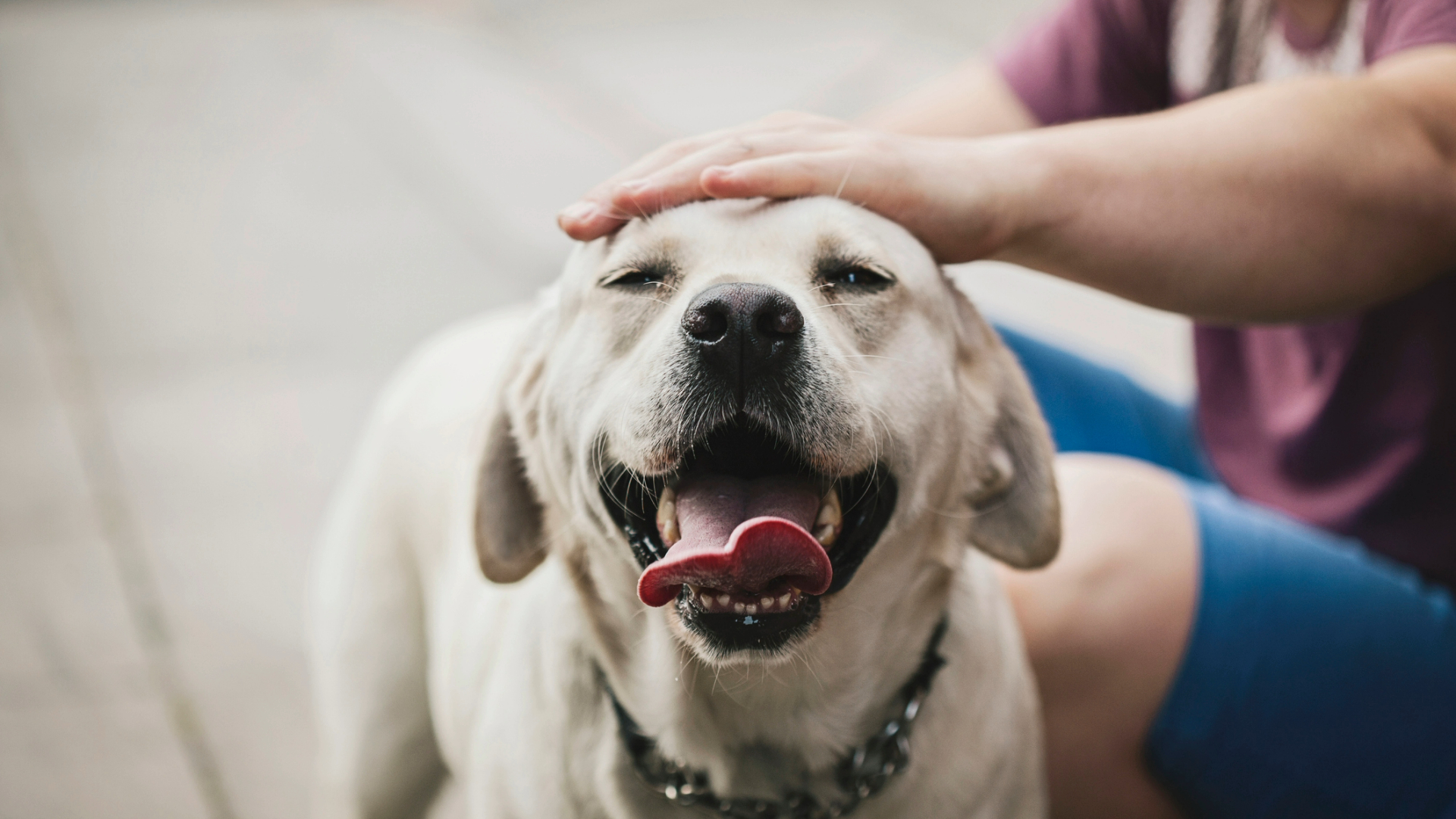
When we're meeting a new dog for the first time, we all want to make a good impression and help them to feel relaxed around us. This is especially true if the dog is reactive or anxious, as they might feel stressed around new people.
You might have tried buttering them up with the best dog treats or sticking your hand out to their face so they get used to your scent. These both sound like good ideas, right?
We've been guilty of doing both of these things, but it turns out that it's not the best way to achieve what you want, we were shocked too!
In a recent Instagram post, Adam Spivey, an expert dog trainer and the founder of Southend Dog Training, revealed why the latter is actually a bad idea. But don't worry, we've also got some advice on what you can do instead, so stick around for those at the end.
We don't know about you, but when we meet a dog for the first time, our natural instinct is to stick our hand out to its face and let them have a sniff.
So, when Adam revealed on his Instagram that this is actually the wrong thing to do, we were totally shocked.
He says: "I don't know who decided that this was a good way to greet dogs but it's actually a very threatening act and can get you in trouble very very fast. You must look at it from a dog's perspective. This looks like you're reaching out to touch the dog. If the dog's nervous, he's going to back away, growl, even snap at your hand."
Although these obviously aren't our intentions, he describes it as a "very intrusive way to say hello to a dog" and something that should be avoided.
So what should we do instead?
Before you go to pet a dog, it's important to have a good understanding of dog body language to gauge how they're feeling.
According to Preventative Vet, you should always let the dog come to you first and avoid staring at them. This makes you seem less threatening and intimidating to them. Once they've come over to you (and you've got permission from their owner), stroke them from the side or underneath the head, as opposed to over their head or behind them.
For more advice like this, check out: Eight reasons why your dog is anxious (and how to help them) and anxiety in dogs.







